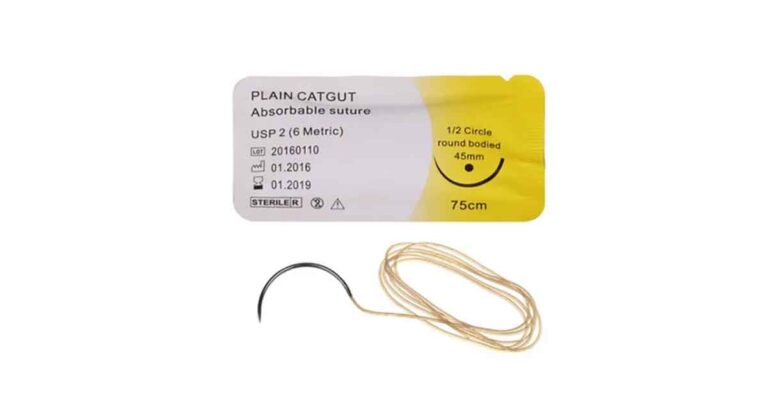Diclofenac is formed as either sodium or potassium salt. Diclofenac belongs to a group of drugs called non-steroidal anti-inflammatory drugs. They have analgesic, antipyretic, and anti-inflammatory actions. The diclofenac sodium or potassium are the two forms available for patients.
The mechanism of action of NSAIDs is not fully known. However, they work by inhibiting cyclooxygenase (COX-1 and COX-2) and prostaglandin synthesis in vivo. Prostaglandin is a known mediator of inflammation.
They are used in treating several mild to severe pain conditions such as rheumatic arthritis, ankylosing spondylitis, lower back pain, dental pains, osteoarthritis, migraine, musculoskeletal disorders such as sprains, tendinitis, strains, dislocations, and fracture pains.
A basic principle in the use of NSAIDs is to start with the lowest effective dose that can control the symptoms, and for a short duration. Always administer diclofenac with food or milk to reduce gastric irritation and ulceration.
When to take diclofenac sodium or potassium
Diclofenac potassium has a low potassium content and comes as a film-coated tablet. Diclofenac sodium also has a low sodium content. The sodium salt formulation of diclofenac is a delayed-release enteric-coated tablet. It is usually reddish brown.
A good difference between the sodium and potassium formulation is the rate of absorption. Diclofenac sodium has a slower onset of action, reaching its peak plasma concentration in two to four hours. It dissolves in the duodenum.
Diclofenac potassium, on the other hand, has a faster onset of action, which is around 30 minutes to one-hour peak plasma concentration. It dissolves in the stomach.
This faster onset of action of diclofenac potassium makes it a better choice in treating acute pain cases. But the longer onset of action in diclofenac sodium makes it better at reducing inflammatory conditions. Diclofenac 1% gel is formulated with sodium salt.
However, diclofenac potassium and diclofenac sodium are associated with cardiovascular symptoms. They might not be used in patients with advanced renal disease, hepatic impairment, peptic ulcer, patients on angiotensin receptor blockers, or potassium-sparing diuretics. In fact, they should try to avoid NSAIDs completely.
The side effects such as constipation, abdominal discomfort, flatulence, dizziness, abdominal distention, ulcer, etc. are almost the same.













2 thoughts on “Should I take diclofenac sodium or potassium?”